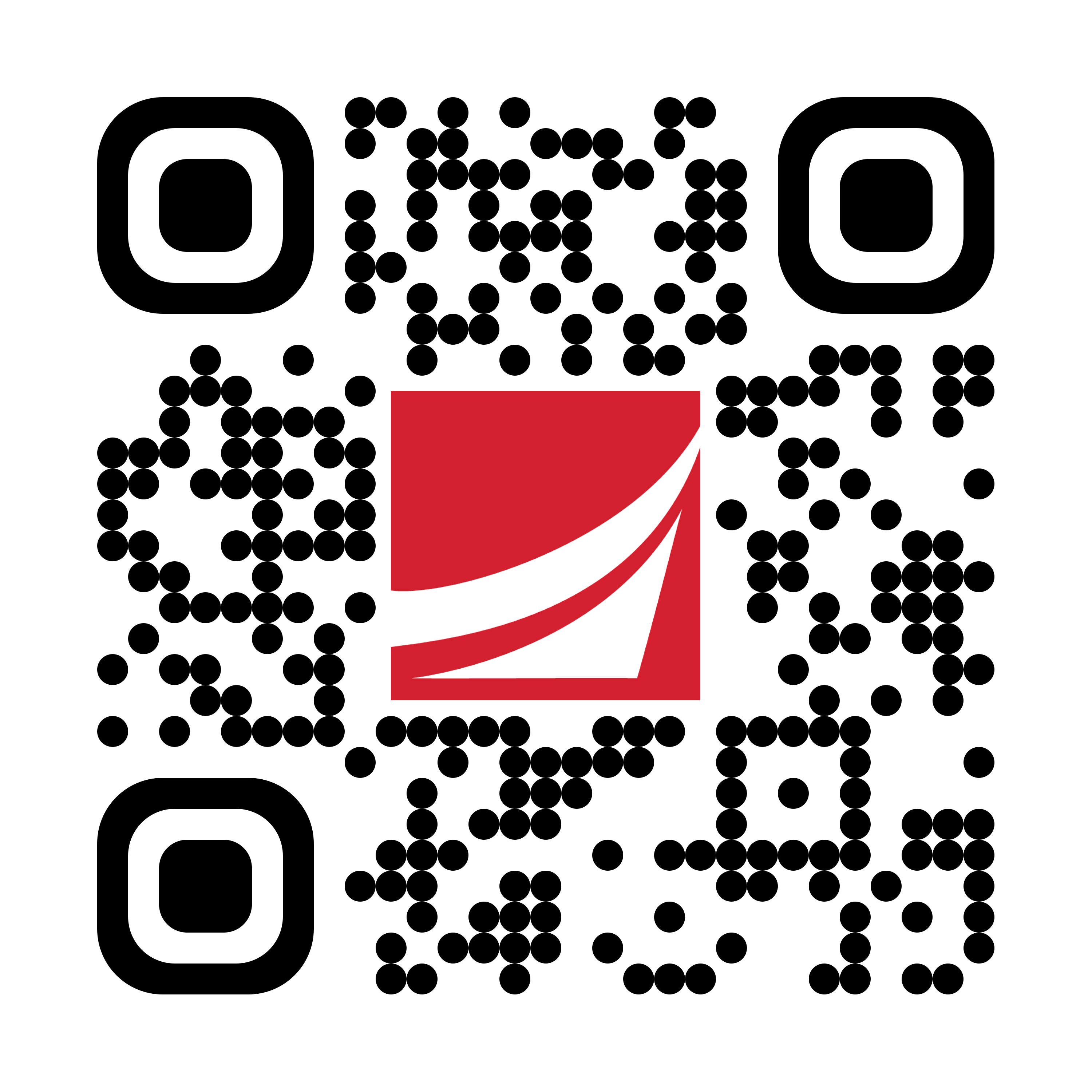
Banking from your phone?
Download our app
Welcome Back
You can access your accounts here.

Banking from your phone?
Scan the code to download our app.

About Chip Cards
How do I use a chip card?
It's simple. If the retailer's terminal is chip-enabled, place your chip card face up. The chip card must remain in the terminal while processing the transaction. Just follow the prompts as you do today to authorize your transaction.
To verify the transaction, you will be prompted to provide a signature or enter your PIN as you would normally. Once the transaction is completed, your card can be removed from the terminal.
If the retailer's terminal is not chip-enabled, your card still has a magnetic stripe on the back so that you can swipe it. Nothing will change for transactions made over the phone or online.
Note: If you are traveling outside the U.S., some card readers at unattended terminals (such as gas pumps or public transportation kiosks) require a PIN. Enter the debit or credit card PIN assigned to your card.
Are there any situations where I might experience issues with my chip card?
If you are traveling outside the U.S., some card readers at unattended terminals (such as gas pumps or public transportation kiosks) require a PIN. Enter the debit or credit card PIN assigned to your card. Some international self-service terminals don't accept U.S.-issued credit or debit cards and may display a message like 'Transaction Canceled.' Depending on location, this is sometimes known to happen on French toll roads or automated fuel dispensers. In these cases, please locate an attended terminal to complete your transaction. Alternatively, you could plan for an alternative payment method, such as using the local currency.
Are there any additional fees associated with chip cards?
Will my chip debit card still work at an ATM?
Why does my Armed Forces Bank credit card or debit card now include a chip?
Chip technology is becoming the new security standard in the U.S., and we want you to be ready as more merchants begin to accept chip cards. Because the chip provides better protection against counterfeit fraud, you will enjoy greater security when purchasing at a chip-enabled terminal. Chip technology is already being used in over 130 countries worldwide, including the United Kingdom, Canada, and Mexico, so you'll enjoy greater acceptance when traveling internationally.
What is a chip card?
A chip card is a standard-size plastic credit or debit card that contains an embedded microchip in addition to the traditional magnetic stripe. When used at a chip-enabled terminal, the chip encrypts information that increases data security.
What is an EMV or smart card?
Smart cards, EMV cards, and chip cards are all different ways of referring to the same type of card. Similarly, a chip-enabled terminal and EMV terminal are one and the same.
Where will I be able to use my chip card?
Many merchants are starting to accept chip card transactions in the U.S., and this will continue to grow in the coming years. Chip technology is already being used in over 130 countries around the world, including the United Kingdom, Canada, and Mexico, which means you'll enjoy greater acceptance when traveling internationally. Your chip card will continue to work at non-chip-enabled terminals where only magnetic stripe transactions are accepted.
Are chip cards secure and safe to use?
Yes, chip technology is already the security standard in many countries and has existed for over two decades. When you use the chip feature at a chip-enabled terminal, the transaction will be more secure due to a unique process used to verify that the card is authentic, which makes the card more difficult to copy or counterfeit.
Although magnetic stripe cards are still considered secure, chip technology is considered the next step to providing enhanced security for our clients. Whether you use the chip or the magnetic stripe to make your purchase, you can have confidence in the security and protection features we provide for all debit and credit card accounts.
If you notice any suspicious activity on your account, remember to notify us immediately by calling the number on the back of your card.
Do chip cards prevent third-party data breaches?
While chip card technology provides an additional layer of security that helps reduce certain types of fraud resulting from data breaches, it will not actually prevent a data breach.
Do chip cards prevent all fraud from happening?
No. Just as the industry continues to create new ways to protect consumers, perpetrators will continue seeking new ways to commit fraud. On top of the fraud prevention monitoring we currently provide, chip cards provide an additional layer of security when used at chip-enabled terminals. As always, your purchases will also be covered by Visa's Zero Liability policy (restrictions apply).
Do chip cards allow others to track my location?
No, the chip on your card is limited to supporting authentication of card data when you make a purchase. Chip card technology isn’t a locator system.
Is a chip card the same as contactless payment (like PayPass or PayWave)?
No. Contactless cards work by waving or tapping your card in front of a device. They employ near-field communication (NFC) technology, which involves a radio antenna transmitting account information. On the other hand, Chip cards must be placed face-up into a chip-enabled terminal, allowing the chip to contact the reader and authorize the transaction. While processing the transaction, please remember to keep your card in the terminal.
Will I receive the same benefits with my chip card that I had with my prior card?
Yes, you will continue to enjoy the same benefits with your chip card.